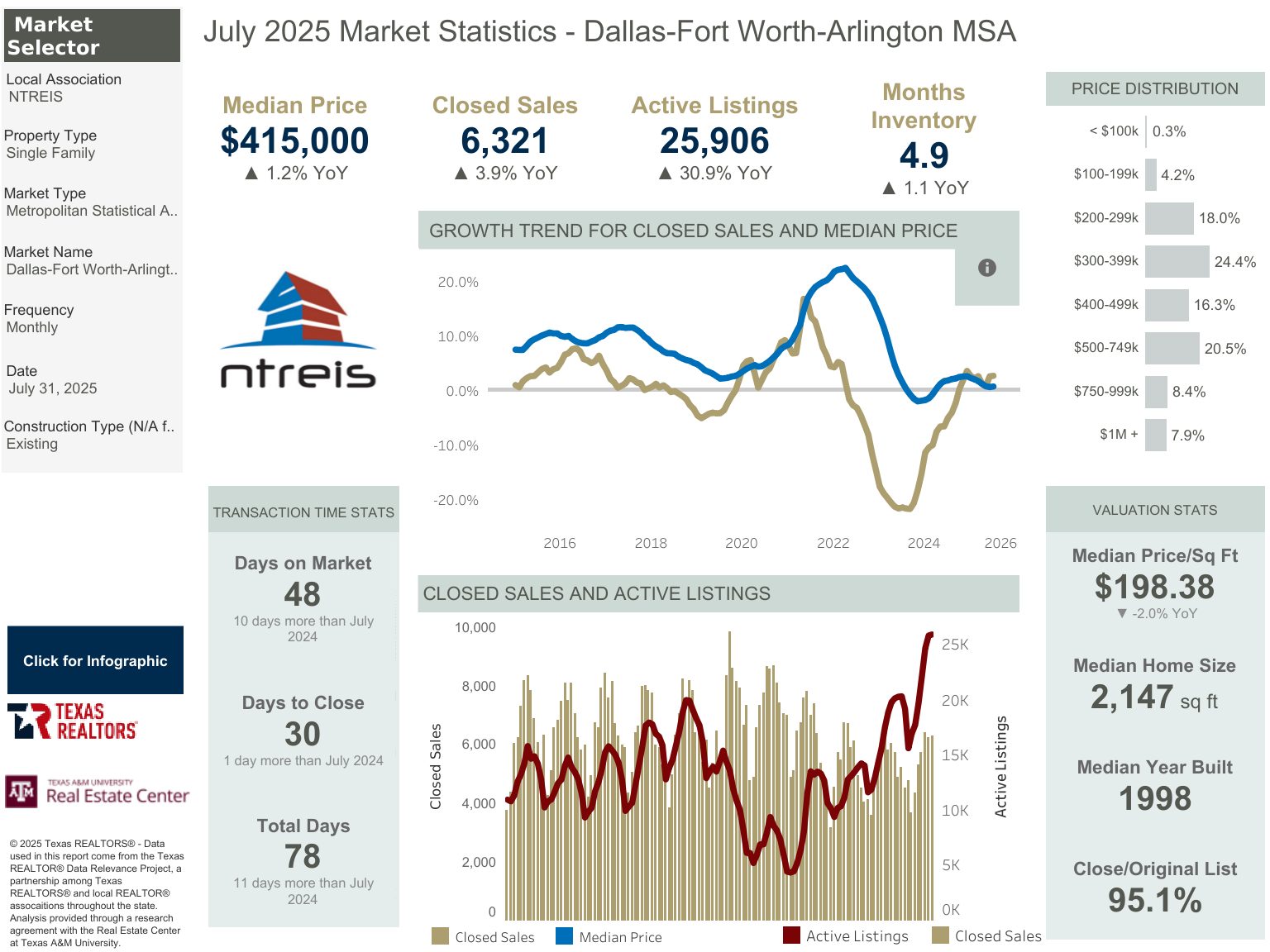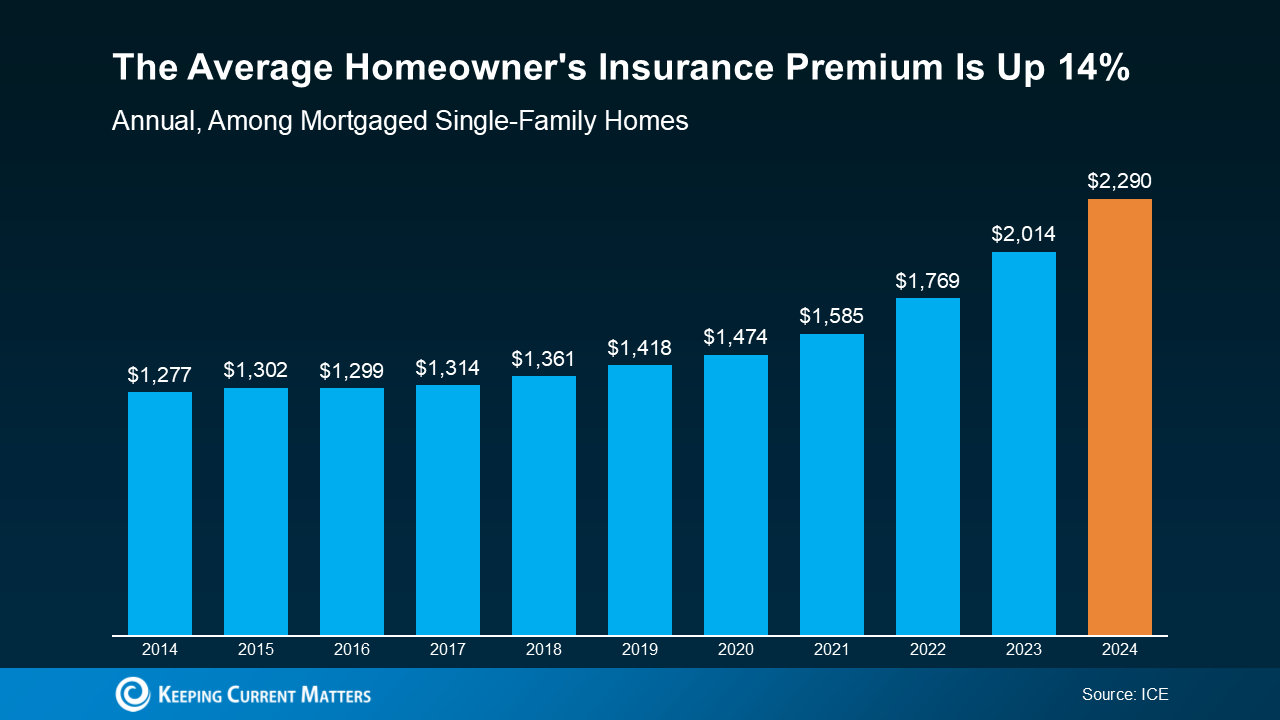You never expect it, but sometimes even the best homes sit on the market longer than they should. If you’ve found yourself wondering, “Why isn’t my home selling?”—you’re not alone. It happens to great agents and beautiful homes.
But here’s the good news: there’s almost always a reason why—and often, it’s something we can address without panic price drops. Let’s walk through some common reasons homes don’t sell (and how to fix them).
1. Outdated Features or Floor Plans
Many homes in our area have layouts or features that just don’t match what today’s buyers are looking for—think small bedrooms, low ceilings, or limited storage. Even newer homes with contractor-grade finishes can get overlooked if they don’t feel move-in ready.
The Fix: I walk each home with my buyers’ eyes. I highlight what can be modernized affordably and connect my sellers with trusted local contractors for quick updates. If big changes aren’t realistic, we adjust our pricing or marketing strategy accordingly—sometimes offering creative solutions like seller concessions to make the home more appealing.
2. Visible Condition Issues
Chipped paint, worn carpet, or obvious maintenance needs might seem minor, but buyers often see them as red flags—or expensive projects.
The Fix: I don’t gloss over condition concerns. I provide sellers with a prep checklist after a pre-listing walk-through and can connect them with my go-to painters, cleaners, and handymen to knock out quick fixes. I also offer staging tips and, if sellers want to go a step further, can connect them with a professional home stager.
3. Pricing Strategy That Misses the Mark
Pricing too high? Buyers won’t even click. Too low? You’re leaving money on the table. Throw in things like HOA fees, special tax districts, or higher interest rates, and buyers’ budgets shrink fast.
The Fix: I use hyper-local comps and data to help sellers land on the right price—and understand how monthly payments, taxes, and fees affect what buyers can afford. I create a clear net sheet so you know exactly where your money’s going, and we price strategically to stay competitive without giving away equity.
4. Changing Market Conditions
Real estate is always evolving. School boundary changes, new construction, or even a shift in buyer demand can all impact how quickly a home sells.
The Fix: I stay on top of local market data and keep my sellers informed so we can adapt fast. Whether it’s tweaking pricing, adjusting marketing, or timing our strategy to local trends, we stay flexible and informed every step of the way.
5. Lack of Honest Communication
Sometimes the issue isn’t the house—it’s the lack of clear communication between agent and seller. Misunderstandings can lead to missed opportunities or mismatched expectations.
The Fix: I start every listing with a full presentation that outlines the game plan: market data, pricing strategy, staging tips, and our marketing rollout. Then I keep sellers updated through regular check-ins, feedback reports, and honest conversations about what’s working (and what’s not).
6. Weak Marketing Strategy
If the home isn’t generating buzz, it might be a marketing issue—not a property issue. Simple mistakes, like missing tags in the MLS or weak listing descriptions, can limit visibility.
The Fix: I treat every listing like a launch. I double-check MLS details, schedule a kick-off open house with online and door-to-door invitations, and make sure the listing appears in as many relevant online spaces as possible. I also provide engaging printed marketing materials inside the home to give buyers something memorable to take with them.
7. Uninspiring or Poor-Quality Photos
Photos are often a buyer’s first impression—and if they’re dark, cluttered, or poorly framed, that first impression might be the last.
The Fix: I always bring in a professional photographer who knows how to capture the home’s best angles and lighting. If the home is vacant or needs a visual boost, we can explore virtual staging as well. Every photo is reviewed carefully before going live—no cutting corners here.
8. No Curb Appeal or Staging Strategy
Even when the price and condition are right, buyers are visual. A cluttered entryway or overgrown yard can turn them off before they even step inside.
The Fix: I share tried-and-true curb appeal and staging tips to help sellers make a strong first impression—whether that’s tidying up the yard, decluttering the entryway, or using lighting and mirrors to open up smaller spaces. And if a bigger transformation is needed, I can refer a trusted stager to help make it happen.
Bottom Line: Homes Don’t Sell Themselves—But You Don’t Have to Figure It Out Alone
If your home isn’t selling, it doesn’t mean something’s wrong with it. It just means it’s time for a new strategy—and that’s where I come in.
👉 Curious what your home needs to get sold? Click here to schedule a call, or DM me with your questions.
💬 What’s the most surprising thing you’ve learned about selling a home? Let’s chat in the comments!


 Facebook
Facebook
 X
X
 Pinterest
Pinterest
 Copy Link
Copy Link











